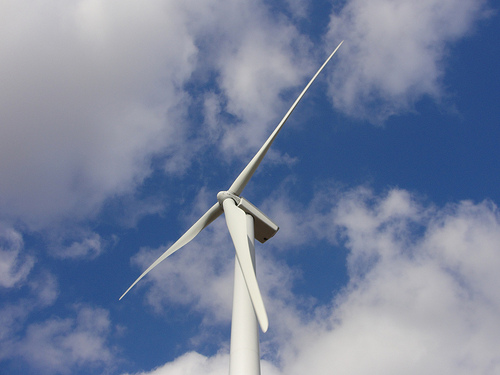
Respondents to an online survey see nuclear power as the best option for the future of Ontario’s electricity system. “Green” energy sources like solar and wind power—a major plank of the Ontario government’s new Long Term Energy Plan—were rated as the worst options.
The survey, conducted over summer 2013, offers a glimpse into the public consultations the ministry of energy used to come up with the plan, released last December. Almost 8000 completed the online survey.
“You have to take this with a very large, not a grain of salt, maybe a large shaker of salt,” said David Butters, president of the Association of Power Producers of Ontario, a non-profit organization that represents over 100 companies in the electricity sector. “It’s an online survey, so we don’t know whether these people are representative of the population.”
But the point was not to gauge public opinion, ministry of energy spokesperson Andrea Arbuthnot said in an email. Survey respondents were self-selected and no attempt was made to attain a representative sample of the population.
“The survey was open to all Ontarians so that anyone with an interest in Ontario’s energy future, regardless of where they were from, could share their views,” Arbuthnot said. Ministry staff also met with industry representatives, local distribution companies and members of the public as part of its consultations.
“Throughout this process, we heard that Ontario needs to take a balanced approach,” Arbuthnot said.
That “balanced approach” includes plans to up the amount of wind, solar and “bioenergy” to a total of 10,700 megawatts by 2021. Renewable energy sources, including hydro, are expected to meet half of the province’s electricity needs by 2025.
“Renewable energy projects help clean up our air and reduce our reliance on fossil fuels – helping us to attain the goal of closing all coal-fired generating stations in Ontario by the end of 2014,” Arbuthnot said.
Christian Holz, executive director of the environmental group Climate Action Network Canada, said the low support for renewable energy may have to do with the strong resistance to wind turbines in some areas of the provinces.
“Ontario has suffered from quite a strong campaign against renewable energy, which made quite liberal use of lies and exaggeration and misinformation, so I’m sure that had an impact on a lot of people,” Holz said.
Holz would like to see more money put into conservation and renewable energy and less into nuclear.
Nuclear power’s share in the province’s energy mix will decrease from 56 per cent to 39 per cent by 2032. But the government is still committed to nuclear energy, Arbuthnot said. “It will continue as the backbone of our electricity system.”
Conservation is another major focus of the government’s energy plan that also had low support among survey respondents. However, there was strong support for reducing emissions from electricity generation.
Butters said public opinion, gathered in surveys like this, should not be the sole driver of energy policy. Most people don’t understand the complexities of Ontario’s energy system and so expert opinion needs to play a strong role in planning.
Audio Player“A lot of people still think that most of the power still comes from Niagara Falls,” he said.
It’s “partly the job of governments to reflect the needs and wants of the population but to do that in a responsible way,” Butters said. “You could not build a power system for today that is based on ‘let’s do what popular opinion suggests we do.’”
